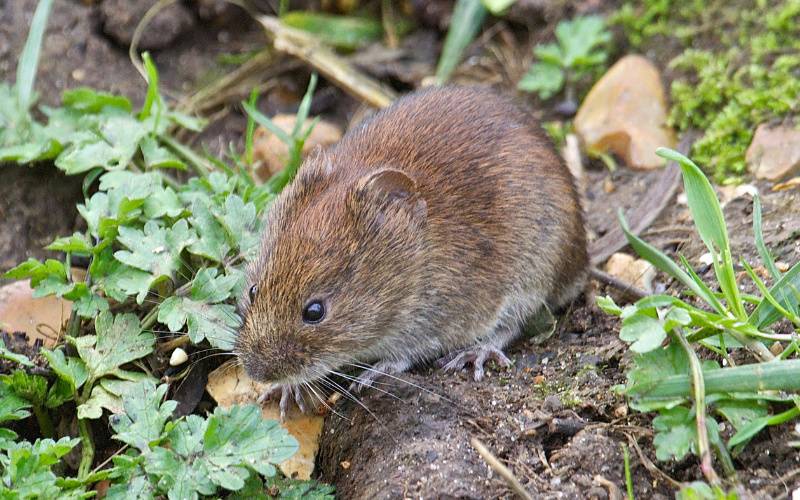Efficient Vole Control Solutions: Managing Vole Pest Issues
Efficient Vole Control Solutions: Managing Vole Pest Issues
Blog Article
Comprehensive Guide to Reliable Vole Insect Control: Problem Identification and Therapy Techniques
In the realm of efficient parasite control, vole invasions pose an one-of-a-kind challenge that demands a critical method. By checking out the subtleties of vole behavior, comprehending crucial indications of infestation, and assessing a range of control choices, one can create a comprehensive method to deal with these elusive bugs.
Recognizing Vole Behavior
Vole behavior is characterized by their burrowing practices and fast recreation rates, making them a difficult pest to regulate efficiently. Their rapid reproductive price additional complicates control efforts, with women capable of creating numerous clutters in a single year, each containing numerous children.
Comprehending vole habits is essential for efficient bug control approaches. By recognizing their burrow places, checking feeding areas, and applying targeted control techniques, such as capturing or habitat adjustment, vole problems can be managed effectively.
Indicators of Vole Invasion

Avoidance Techniques
Carrying out efficient prevention strategies is important in reducing vole infestations and safeguarding greenery from their damaging feeding practices. To stop vole invasions, it is important to start by removing possible food resources and sanctuary.
Regularly inspecting the residential property for indicators of vole task, such as runways and burrow openings, is important for early detection and punctual activity. If vole activity is thought, consider using repellents or catches purposefully put near their pathways. Using all-natural killers like owls or serpents can additionally aid keep vole populations in check. By executing a mix of these avoidance gardeners, approaches and property owners can properly safeguard their plant life from vole damage.
Non-Lethal Control Techniques
To properly manage vole populations while focusing on humane techniques, non-lethal control approaches use sensible solutions for decreasing vole damage in landscapes and yards. One reliable approach is making use of physical barriers such as hardware cloth or wire mesh to safeguard prone plants. These obstacles can be hidden at the very least 12 inches deep and curved at a 90-degree angle to avoid voles from delving underneath. Additionally, habitat adjustment can prevent voles by reducing their preferred food sources and hiding spots. Keeping a well-mowed grass, getting rid of particles, and keeping plant life trimmed can make the setting much less attractive to voles.

Lethal Control Options
One reliable method for attending to vole invasions in gardens and visit the site landscapes entails the calculated use of lethal control alternatives. When encountered with a serious vole infestation that non-lethal approaches have actually stopped working to contain, implementing dangerous control steps becomes crucial. On the whole, when utilizing lethal control alternatives, it is necessary to do so responsibly and in conformity with regional regulations to properly handle vole infestations.
Verdict
To conclude, reliable vole bug control requires a comprehensive understanding of vole actions, identification of signs of problem, application of prevention strategies, and use of both non-lethal and deadly control methods. By incorporating these strategies, individuals can properly take care of vole populations and secure their residential or commercial property from damages. It is very important to resolve vole invasions quickly to avoid further issues and decrease the effect on the surrounding environment.
Offered the complex tunnel systems and quick reproduction prices characteristic of voles, acknowledging the signs of vole problem becomes crucial in effective bug control. One of have a peek at this site the key indicators of vole visibility is the presence of surface runways or tracks in yard or snow, generally concerning 1-2 inches wide, produced as voles travel between their burrows and food resources.To effectively take care of vole populaces while focusing on gentle methods, non-lethal control techniques provide functional options for lowering vole damage in yards and landscapes.One reliable approach for dealing with vole infestations in landscapes and gardens involves the strategic usage of dangerous control alternatives. vole yard damage.In verdict, efficient vole bug control calls for a detailed understanding of vole actions, recognition of indications of invasion, implementation of prevention techniques, and usage of both deadly and non-lethal control techniques
Report this page